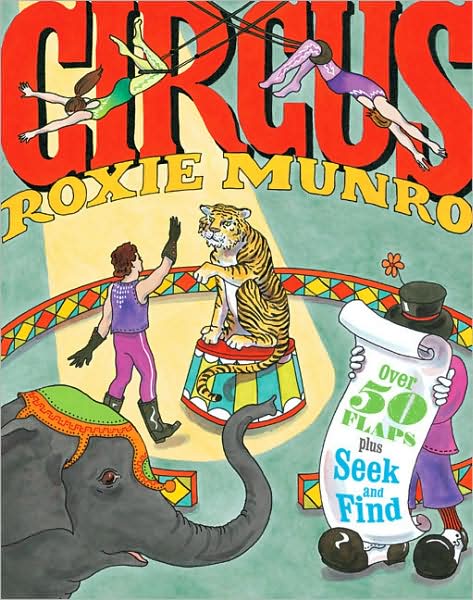 The Victorians loved ornamentation. That's an understatement. They reveled in pattern and color and delved into design that was "simply too utterly utter, i.e. beautiful beyond the ponderous weight of description.
The Victorians loved ornamentation. That's an understatement. They reveled in pattern and color and delved into design that was "simply too utterly utter, i.e. beautiful beyond the ponderous weight of description.
I happen to think Victorian design is gorgeous. But I realize that others think it's just gawdawful cluttered.
Jacket Whys posted two covers recently that contrasted a cluttered design with a simple one--with the conclusion that simplicity is best. Studying the examples she used, I agree completely. (Be sure to have a look; that YA cover is really poorly executed). However, in general, I happen to like both spare and busy design, and I think kids do, too. That got me wondering: When does a busy cover design work, and when is it just a muddled mess?
Leon and the Place Between by Angela McAllister, illustrated by Grahame Baker-Smith, designed by Mike Jolley (Templar/Candlewick, 2008), has a busy cover that I think works wonderfully (although I would not consider it necessarily Victorian in style). It's carefully composed, balanced and pleasing. While it is true that this cover is full of "utterly utter" patterns and images and curlicues and arabesques and such, much of which is highlighted in shiny gold foil, the motifs repeat in a pleasing way. They don't crowd or overwhelm the title or the creators' names. They make room. They make room for Leon's shadow, which is, I suspect, meant to represent the "place between" or the place where real magic actually happens. The art is planned around the necessary elements of text. (And the title typefaces, carried out throughout the interior test, are just delightful.)
It's not Victorian in the least, but that's what I call gawdawful cluttered.
new posts in all blogs
Viewing: Blog Posts Tagged with: Busy Covers, Most Recent at Top [Help]
Results 1 - 1 of 1
By: Carol Brendler,
on 3/15/2010
Blog: JACKET KNACK (Login to Add to MyJacketFlap)
JacketFlap tags: Clutter, Victoriana, Bad Covers, jacket whys, Busy Covers, Add a tag
Blog: JACKET KNACK (Login to Add to MyJacketFlap)
JacketFlap tags: Clutter, Victoriana, Bad Covers, jacket whys, Busy Covers, Add a tag
0 Comments on More is More, More or Less as of 1/1/1900
Add a Comment


